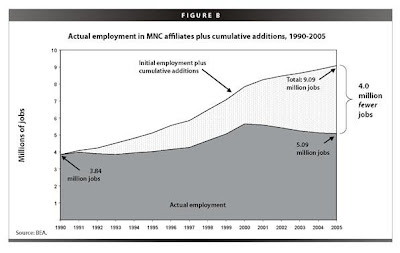Will more service providers go into bankruptcy?

In this post I mentioned that vendors are in a tight spot as both revenue and margins are hit by the current economic situation (like almost any other company with the exception those who can capitalise on the Mexican flu). In this post I provide my thoughts on the health of the vendor market and how clients can protect them agains a vendor which goes into a Chapter 11 situation. To start of first some recent figures related to the financial results of some BPO en ITO vendors: Getronics, provider of IT services, announced Q2 2009 revenues were down 1.3% to €531 million; Manpower, provider of human resource BPO services, announced Q2 2009 revenues down 35.7% to $3,796.6 million; Tech Mahindra, provider of IT services, announced fiscal Q1 2010 revenues down 16.3% to $228 million; Altran, an R&D and IT service provider announced Q2 2009 revenues were down 17.2% to €349.7 million; Transcom, provider of customer management services, announced Q2 revenues down 14.6% to 135.7 million; TCS


